#20th century
Text
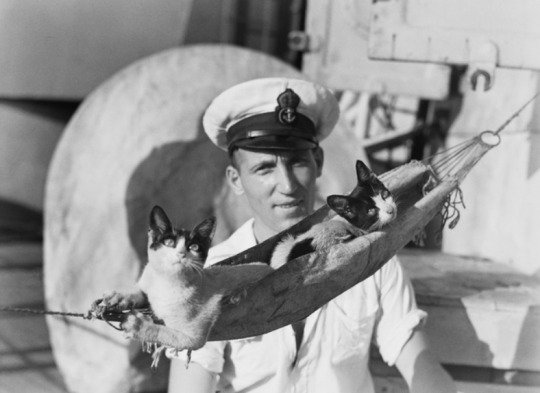
HMAS Nizam, the Ship's cats have a hammock to themselves, by George Silk, 1941
247 notes
·
View notes
Text
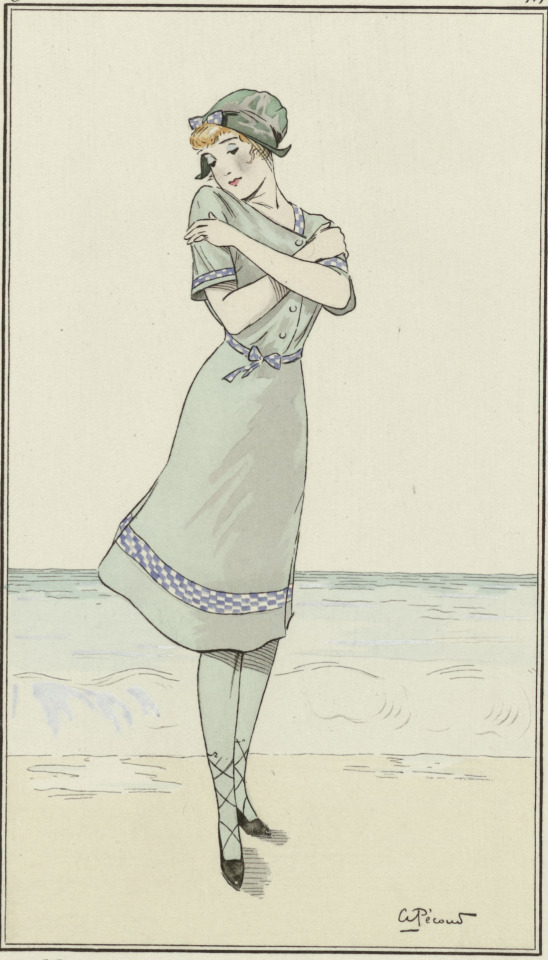

#someone requested swimwear a while back and i think i only posted one other swimwear poll#and i really wanted to do another one so i was thrilled to find these lovely plates! ☺️#historical fashion polls#fashion poll#historical dress#historical fashion#dress history#fashion history#fashion plate#20th century fashion#early 20th century#20th century#1910s style#1910s dress#1910s fashion#circa 1910#1910s#circa 1912#1912#circa 1913#1913#swimwear#historical swimwear
109 notes
·
View notes
Text

A watercolour study in Procreate of 'Into the Night' by E. D. Walker for the 112ᵗʰ anniversary; time-lapses available here and here 💙
#rms titanic#art#my art#titanic#titanic anniversary#procreate#artists on tumblr#digital art#watercolour#digital painting#procreate art#e d walker#into the night#art study#maritime history#history#20th century#ships
115 notes
·
View notes
Text

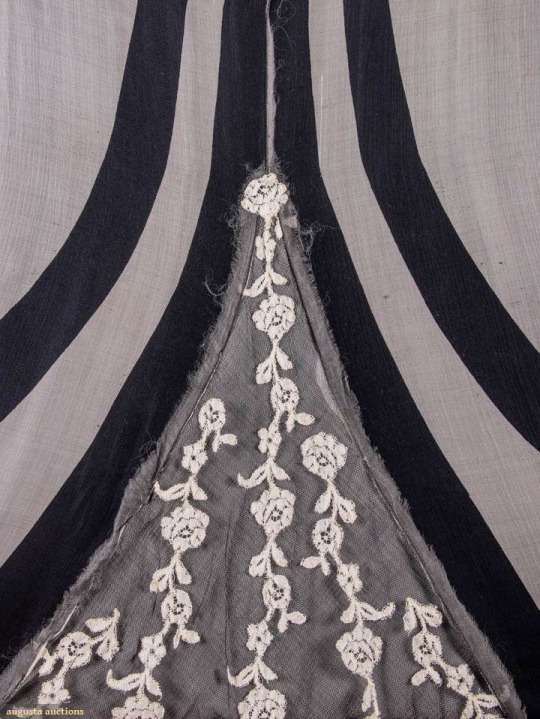




1905
#historical fashion#historical#history#fashion#historical clothing#historical dress#long dress#textiles#edwardian costume#edwardian era#edwardian dress#edwardian#1900s fashion#dress#dresses#20th century fashion#20th century#old fashioned#gown#artwork#textile#white dress#black dress
136 notes
·
View notes
Text

Roma Priyma-Bogachevska is a ballerina, conquered the scenes of the USA, France, GB, Canada, Austria
109 notes
·
View notes
Text
Me explaining, once more, that being interested in a particular historical figure or era does NOT necessarily equate to supporting it ‼️ Creators shouldn’t have to make a piece of work “clean” just because some readers may get uncomfortable. If anything, we should be promoting the exploration of uncomfortable topics- proper research and portrayal should be praised. Bring back historical and media literacy.
136 notes
·
View notes
Text

Les Modes : revue mensuelle illustrée des arts décoratifs appliqués à la femme, no. 4, avril 1901, Paris. Mlle Gilda Darthy. Cliché Boyer. Robe de Ville. Modèle Laferrière. Cliché Reutlinger. Bibliothèque nationale de France
Page 16. — ROBE DE PROMENADE (Mademoiselle Gilda Darthy). — Robe en drap clair. — Corsage drapé de côté et retenu par un motif de passementerie. La manche forme pagode, avec dépassant à petits plis en mousseline de soie ou linon blanc. La jupe à petits plis cousus.
Page 20. — ROBE DE VILLE (Modèle Laferrière). — Jupe de mousseline de soie avec application de Cluny noir et blanc, le bas incrusté de voile bleu; longue double jupe en voile bleu, voilant toute la robe, relevée très légèrement par trois plis à la taille. — Corsage de voile bleu, voilant également un corsage en mousseline de soie, avec incrustations comme pour la jupe. Manches de voile bleu avec incrustations au coude et formant un sabot de voile bleu plissé avec une application. Ceinture de velours noir avec un gros nœud derrière.
—
Page 16. — PROMENADE DRESS (Miss Gilda Darthy). — Dress in light cloth. — Bodice draped sideways and held in place by a trimmings pattern. The pagoda-shaped sleeve, with small pleats in white silk muslin or lawn. The skirt with small sewn pleats.
Page 20. — CITY DRESS (Laferrière Model). — Silk chiffon skirt with black and white Cluny application, the bottom inlaid with blue veil; long double skirt in blue veil, veiling the entire dress, raised very slightly by three pleats at the waist. — Blue veil bodice, also veiling a silk muslin bodice, with inlays as for the skirt. Blue veil sleeves with inlays at the elbow and forming a pleated blue veil shoe with an application. Black velvet belt with a large bow behind.
#Les Modes#20th century#1900s#1901#periodical#fashion#fashion plate#photograph#bibliothèque nationale de france#dress#Modèles de chez#Mademoiselle Gilda Darthy#Maison Laferrière#one color plates
34 notes
·
View notes
Text

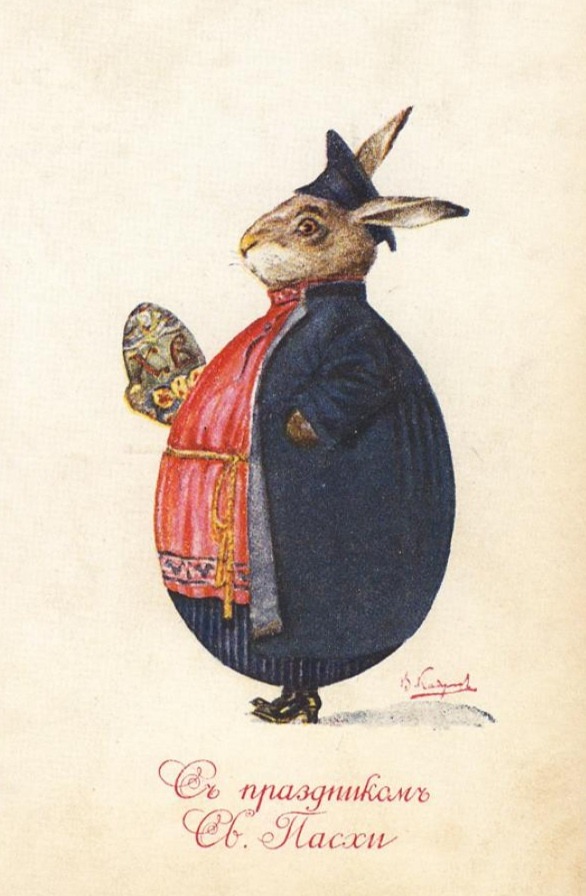
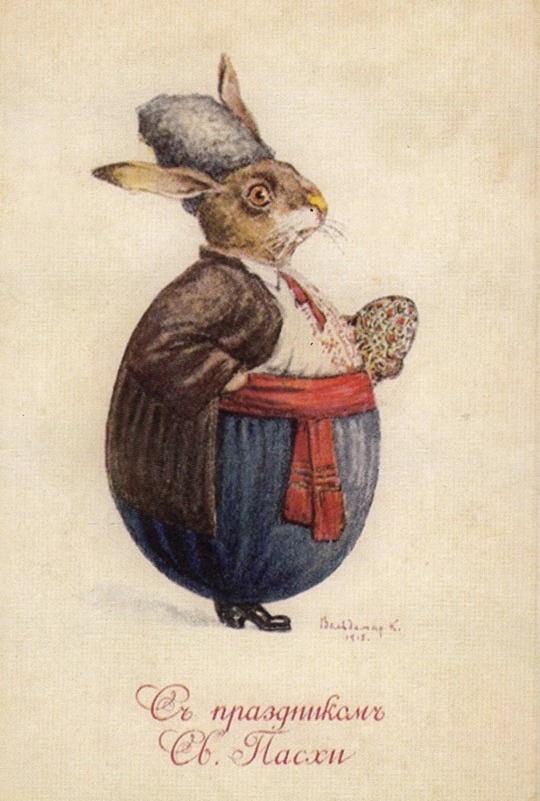
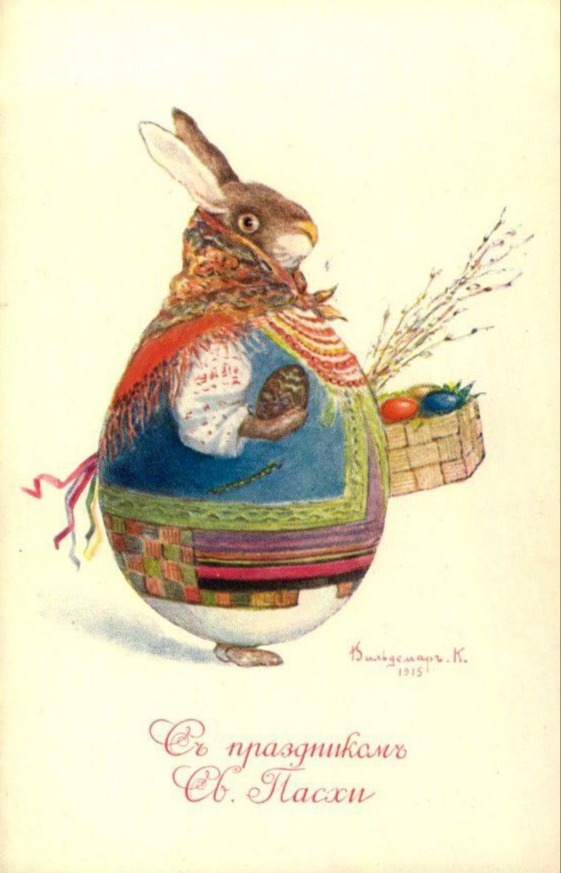
Easter postcards by Russian-Ukrainian artist Vladimir Kadulin
#Пасха#Easter#vintage#postcards#illustrations#русский художник#russian artist#украинский художник#ukrainian artist#Владимир Кадулин#Vladimir Kadulin#русское искусство#russian art#украинское искусство#ukrainian art#art#1910s#1915#20th century
37 notes
·
View notes
Text
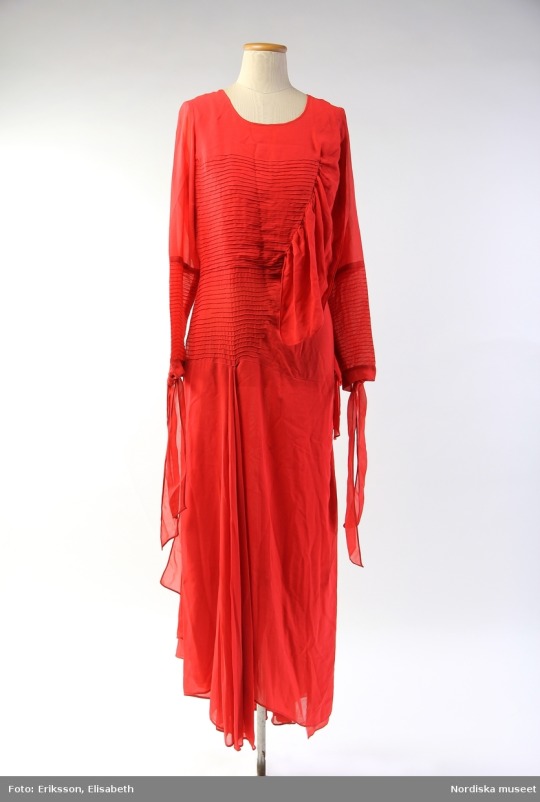
1920-1925 Silk dress
(Nordic Museum)
49 notes
·
View notes
Text
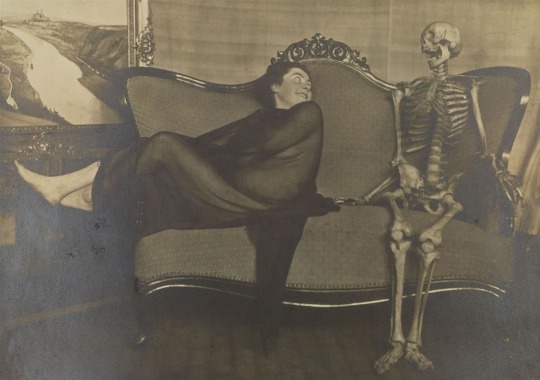

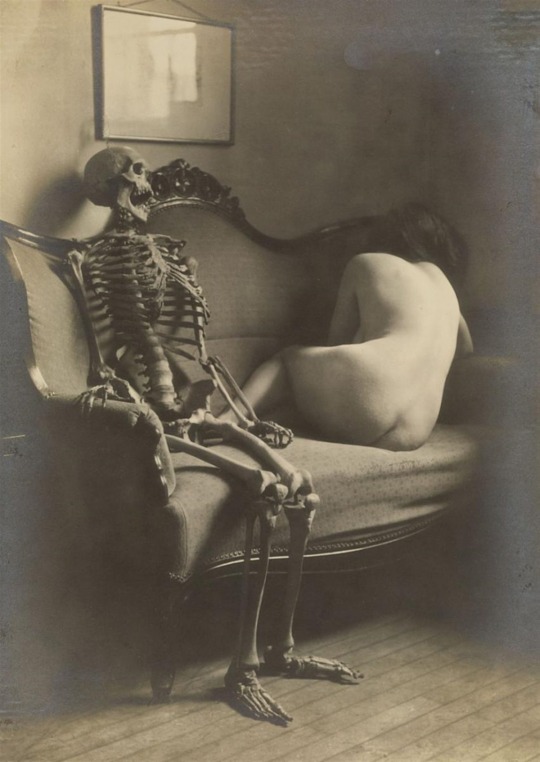
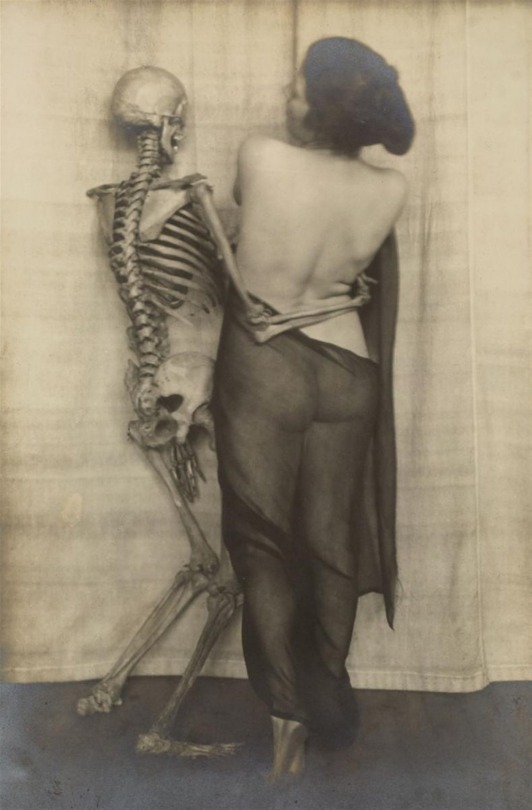
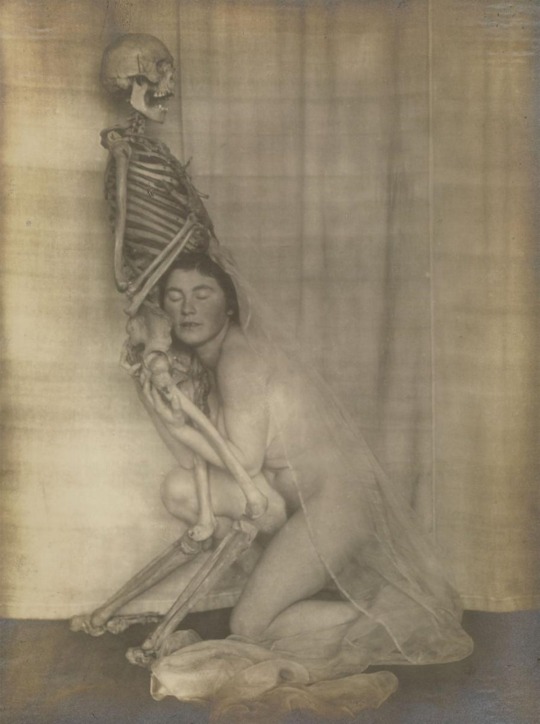
Fool Death, My Playmate by Franz Fiedler – c. 1922
#1920s#20s#1922#20s vintage#20s photography#20th century photography#old photography#old photos#skeletons#rawring 20s#early 20th century#20th century#women#vintage women#franz fiedler
29 notes
·
View notes
Text
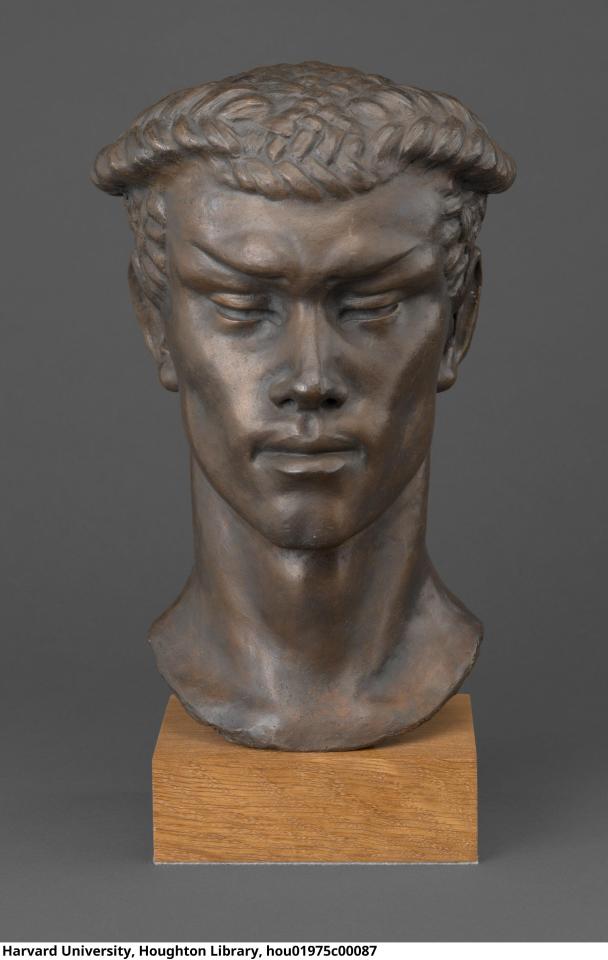


Troubridge, Una Vincenzo, Lady, 1887-1963. Waslaw Nijinsky as Faun in Afternoon of a Faun, 1913.
MS Thr 414.1, (80)
Houghton Library, Harvard University
33 notes
·
View notes
Text
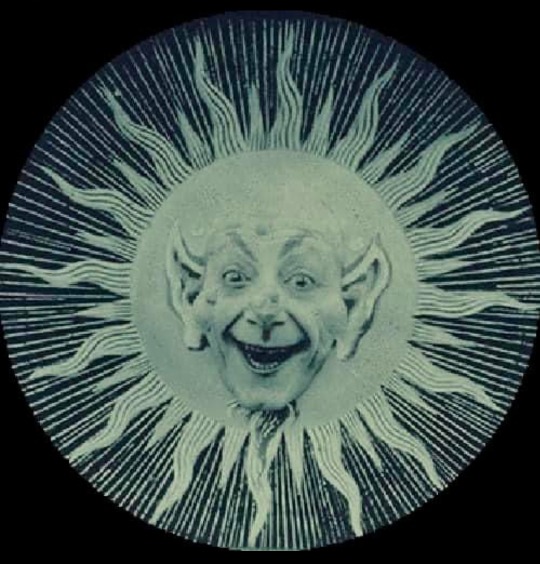
#L'éclipse du soleil en pleine lune#The Eclipse: Courtship of the Sun and Moon#French silent trick film#1907#20th century
23 notes
·
View notes
Text
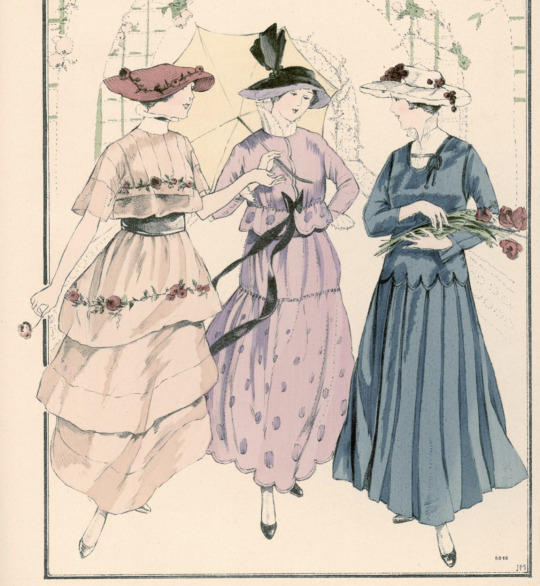
#*art history voice* i just love the sense of movement in this piece!#no but for real i love the way these garments are shown kind of in action#historical fashion polls#fashion poll#historical dress#historical fashion#dress history#fashion history#fashion plate#20th century fashion#early 20th century#20th century#1910s style#1910s dress#1910s fashion#circa 1910#1910s#circa 1915#1915
74 notes
·
View notes
Text
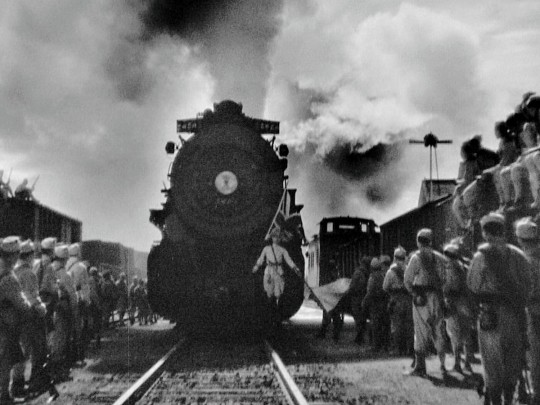
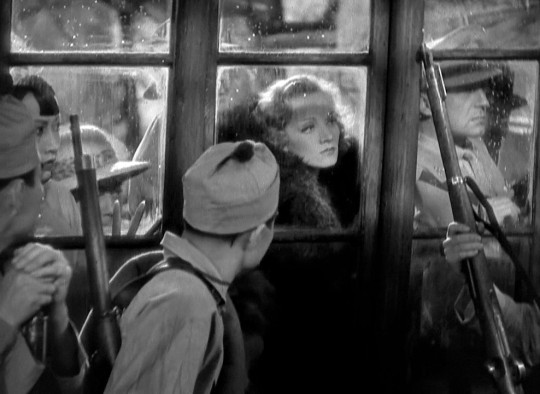
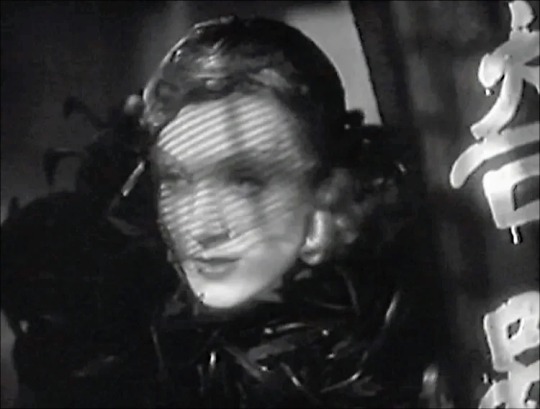
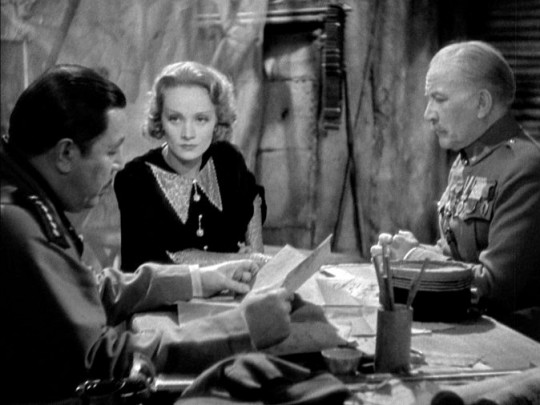
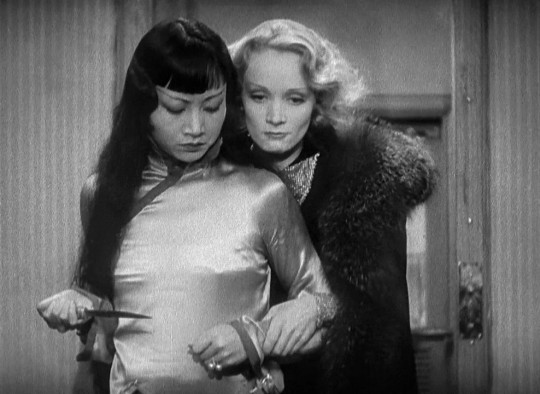
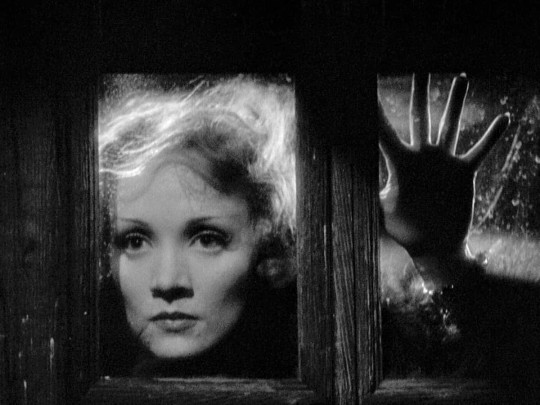

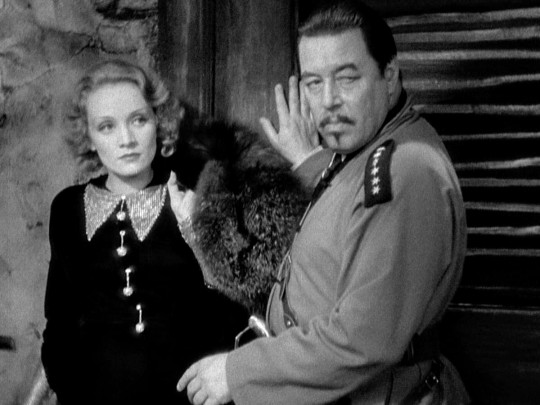
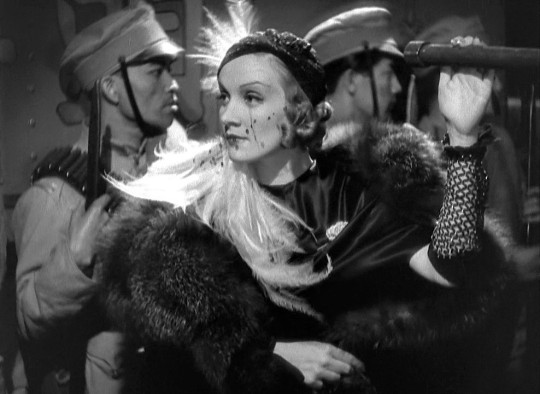
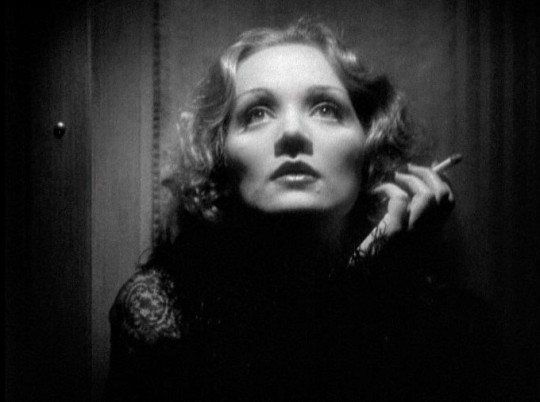
Shanghai Express (1932)
#retro#1930s#old hollywood#20th century#film#art history#marlene dietrich#cinematography#anna may wong#shanghai express#josef von sternberg#hollywood#feminism#film noir#cinema#dark#warner oland#drama#movies#black and white#clive brook#🎬
23 notes
·
View notes
Text
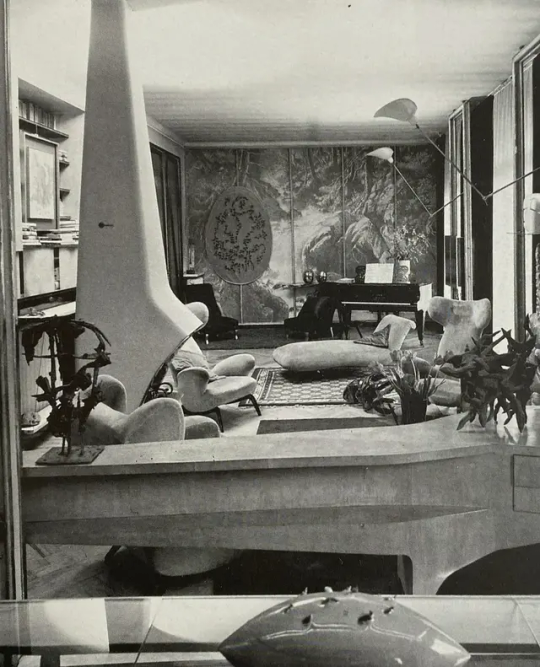
Carlo Mollino
Photo via @rarebooksparis instagram
18 notes
·
View notes
Text

Iggy Pop for the album cover of Soldier, Brian Griffin, 1979
#photography#iggy pop#vintage photography#vintage#brian griffin#music#album cover#color photography#1970s#1979#20th century#20th century photography#english#british#celebrity
17 notes
·
View notes